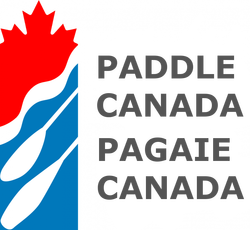Alpine Fit Nordic Anywhere Merino Wool Hat
Size: One Size
Colours: Kelp Green, Charcoal Grey, Outer Coast Blue
Price: $40 USD
Weight: 1.4 Oz
Features:
The Alpine Fit Nordic Anywhere Merino Wool hat is made from 100% ethically sourced merino wool that is both soft and odor-resistant. The hat circumference is 21 inches plus stretch and is made in Anchorage, Alaska. It features two different ingenious ways of wearing it: slouch style or brim style.
Pros:
My first impression of this merino wool hat right out of the package was how soft it is. This fabric feels pleasant to wear and is not itchy whatsoever. The hat has a double layer of the merino wool but feels lightweight and very comfortable. The hat performed well in athletic contexts - it is breathable but warm.
I am absolutely in love with the slouchy look option of this athletic hat. So many winter athletic hats are carbon copies of the same design and I love how this one is so different. I normally wear it in slouch mode but when wearing it under certain helmets, I fold it into brim style. I love how I can wear it for both athletic wear but also for casual use. It has a great outdoor community vibe to it!
I tried the beanie/toque under a climbing helmet and downhill ski helmet (and it would also work under a bike helmet). For my climbing helmet I did have to fold it up to brim style to get extra layers over my ears but for downhill skiing I could just pull it right over in slouch style. I liked how this worked as I could transition the hat seamlessly into 'apres-ski' style immediately.
The beanie/toque covers the ears very well in either mode. I have found some winter athletic hats that creep up but this one doesn't. It is also very small and compact, making it an easy choice for bringing along anywhere.
Over this winter this hat has become my 'go-to' hat for winter athletic wear and for casual use. I always find myself grabbing it! I am going to buy this hat in other colours! Check out the link above for more glowingly positive reviews and photos.
Cons:
In colder wind, I could feel my ears get a bit chilly in slouch mode. The solution is simple: fold over the fabric into brim style. It eliminates the chill immediately!
Best Uses: Casual use, winter sports, under a bike or climbing helmet.
Full Disclosure: Alpine Fit provided me this hat for the purpose of this review. It has become my absolute favourite hat so I would have bought it anyway!
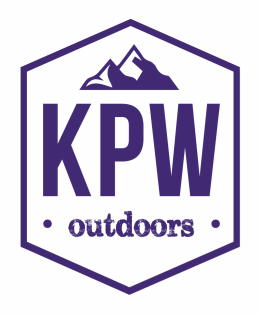
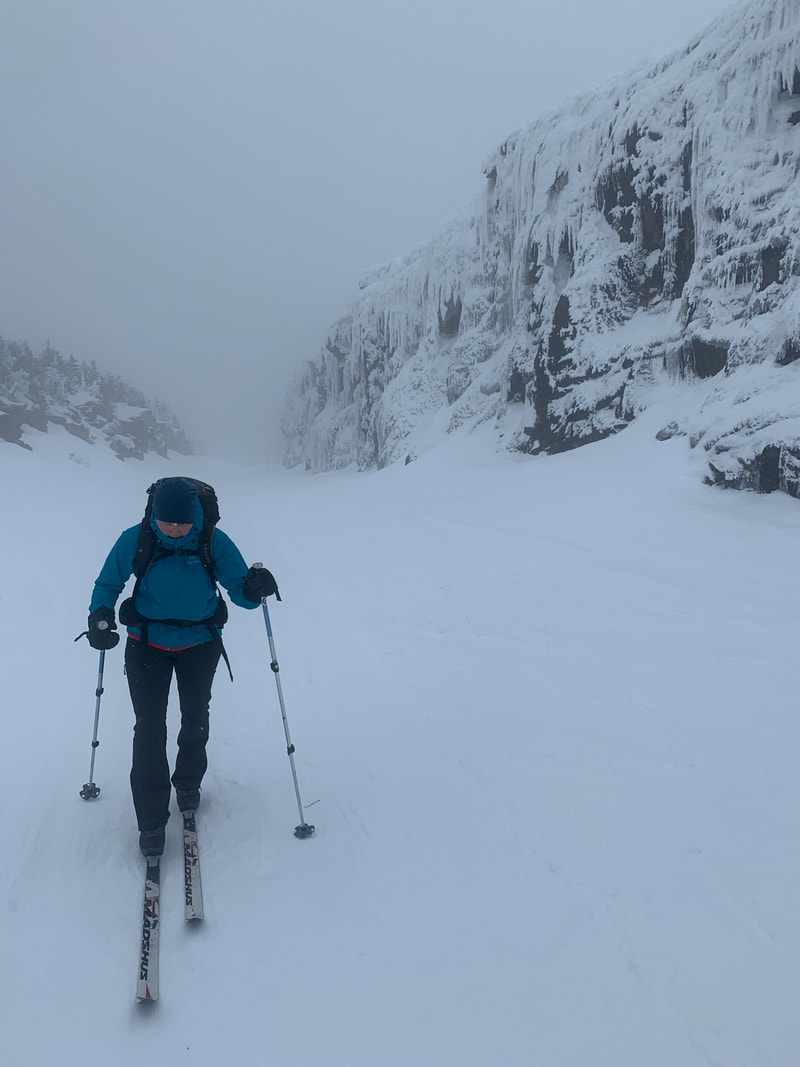
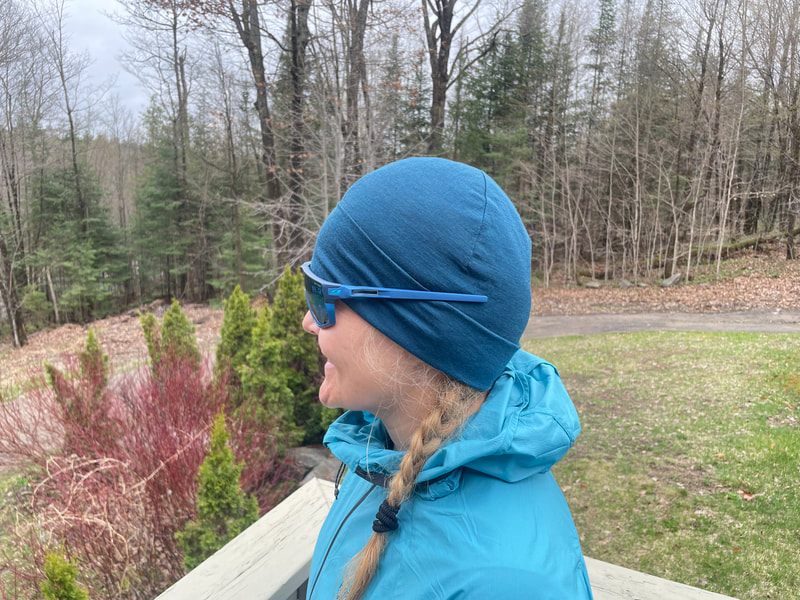
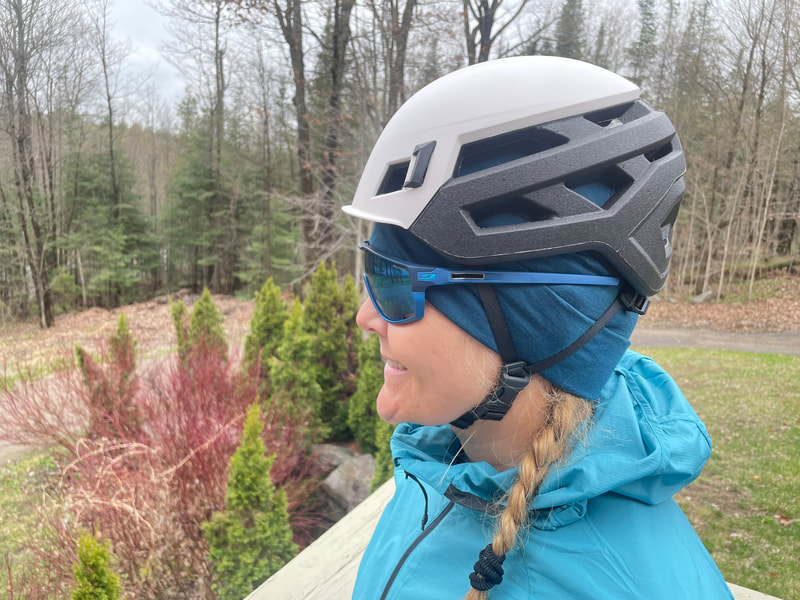
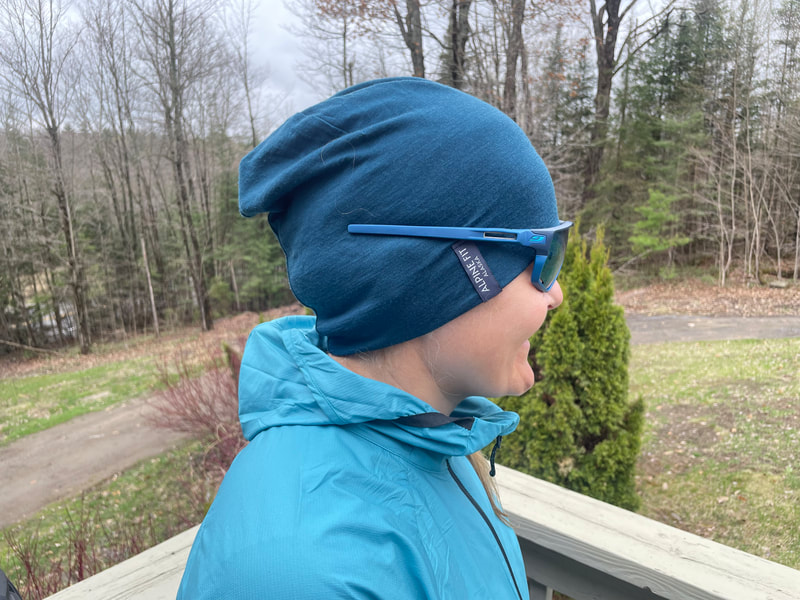
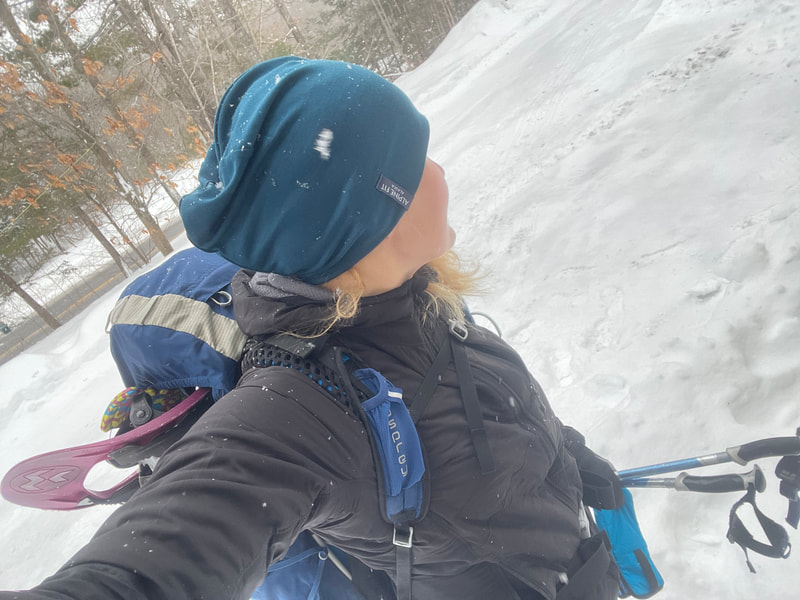
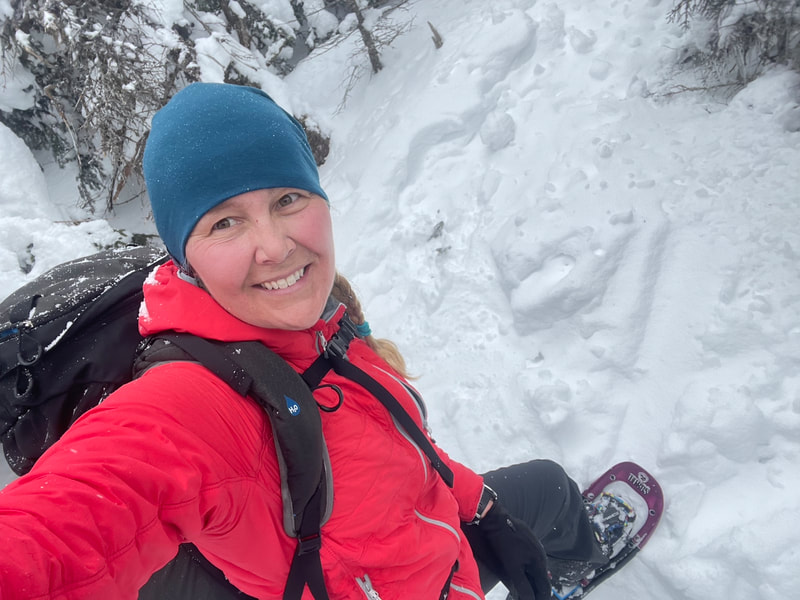
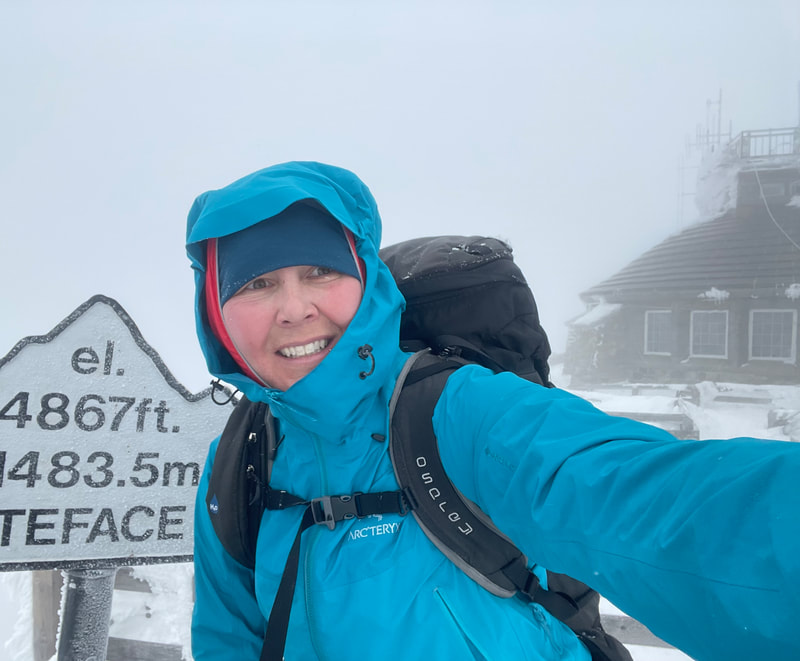
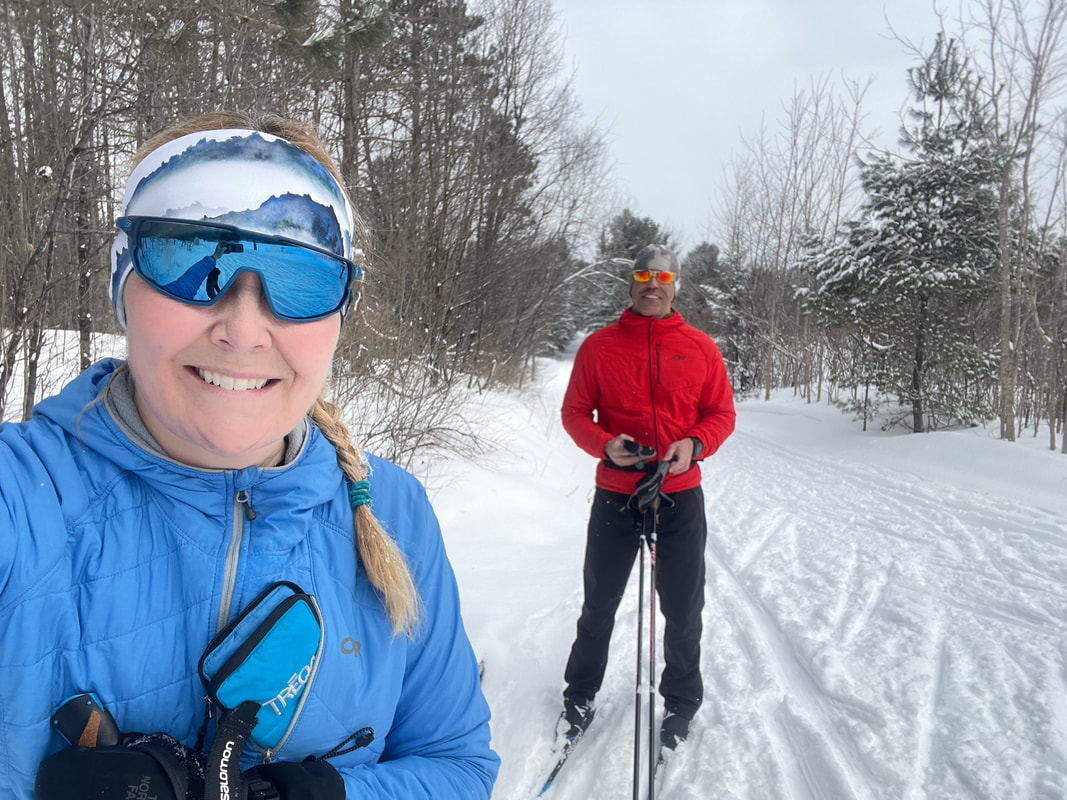
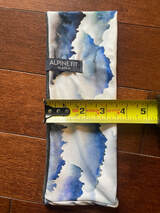
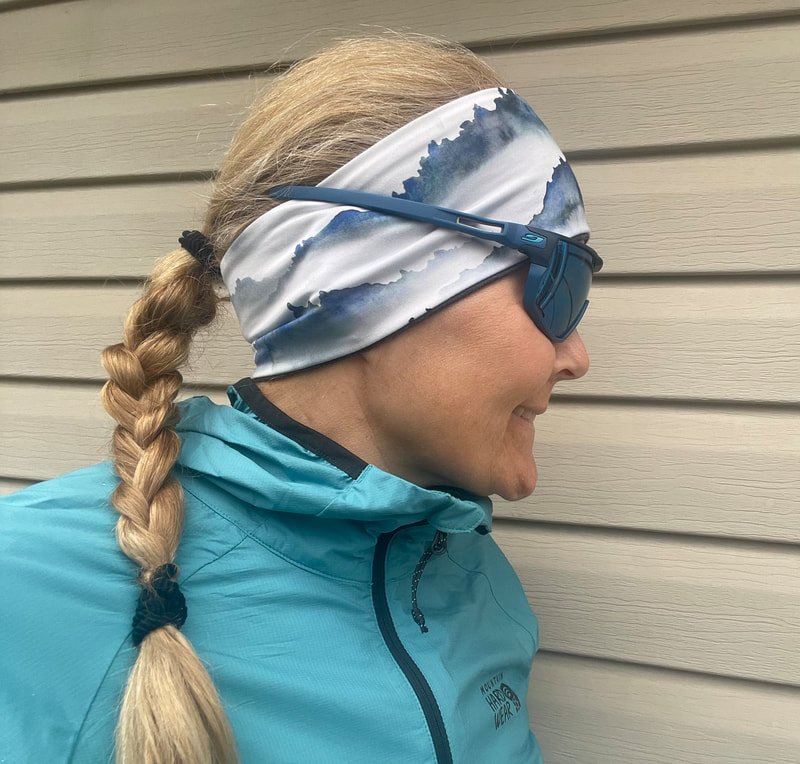
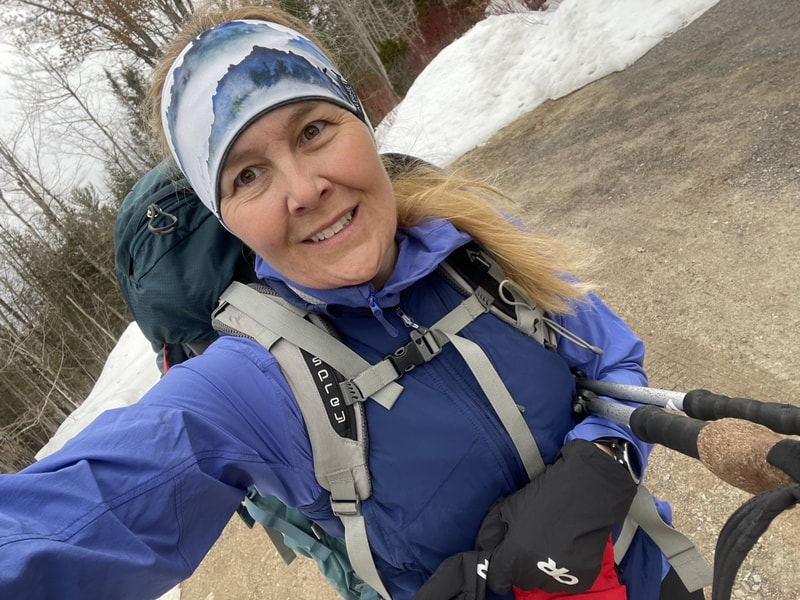
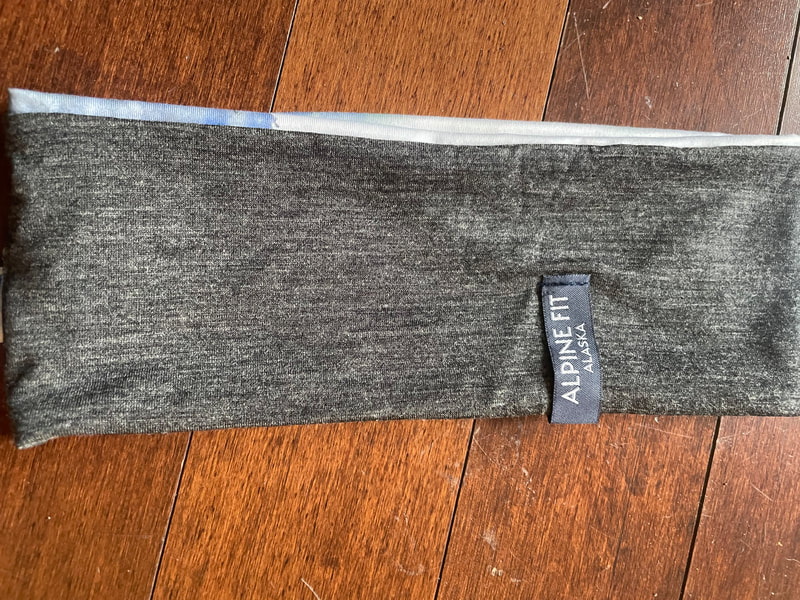
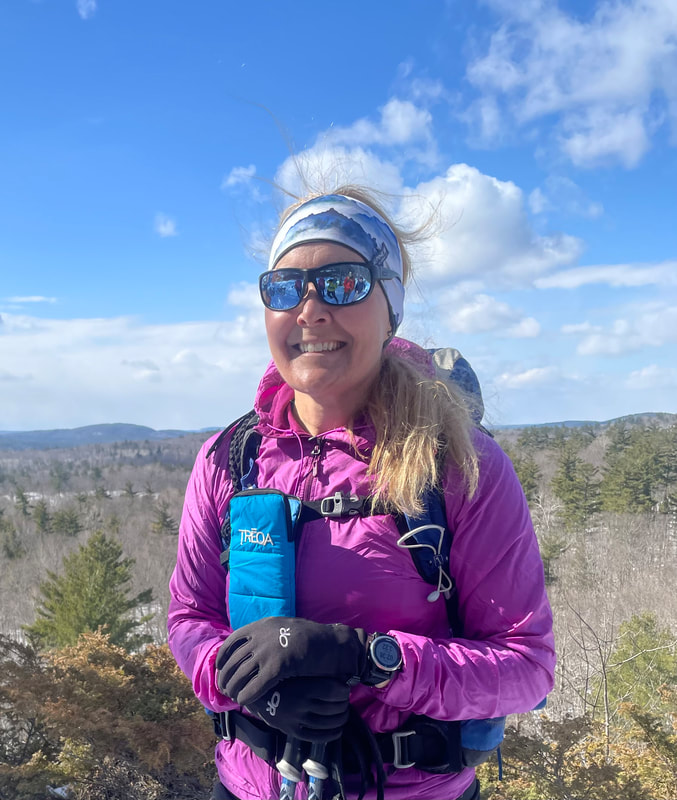
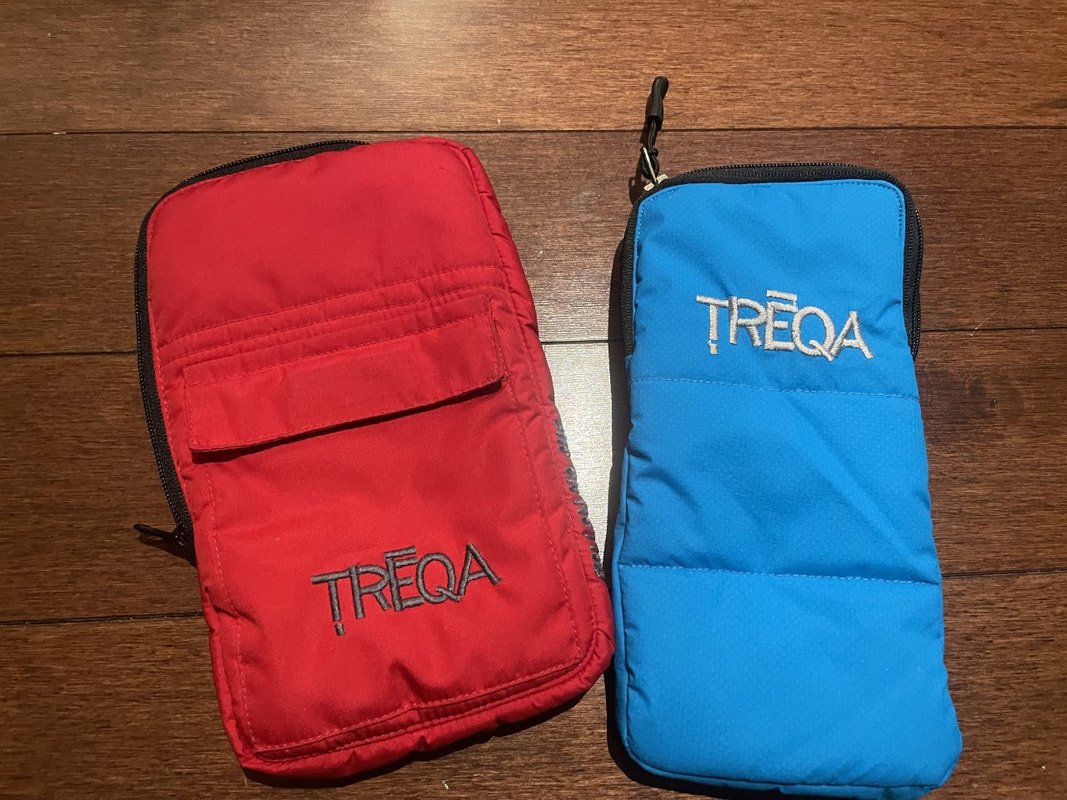
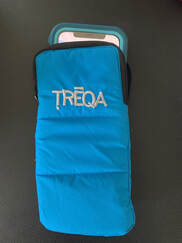

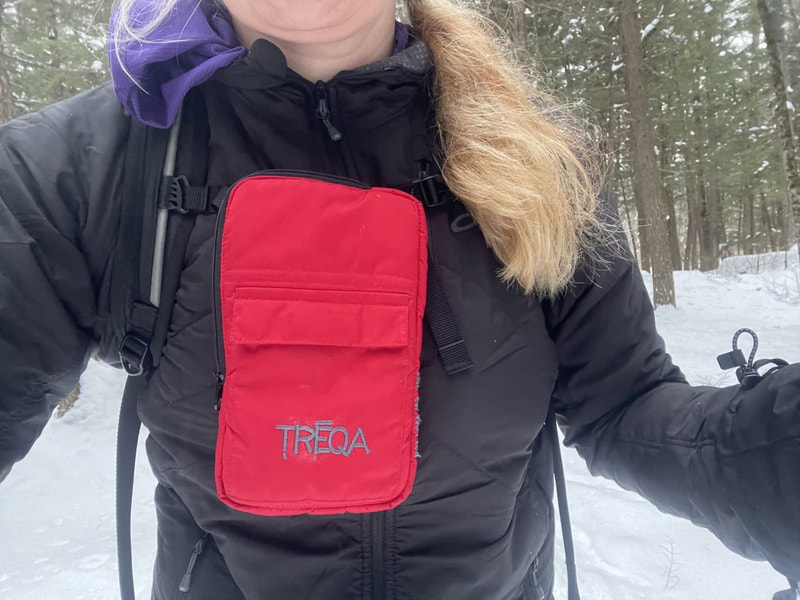
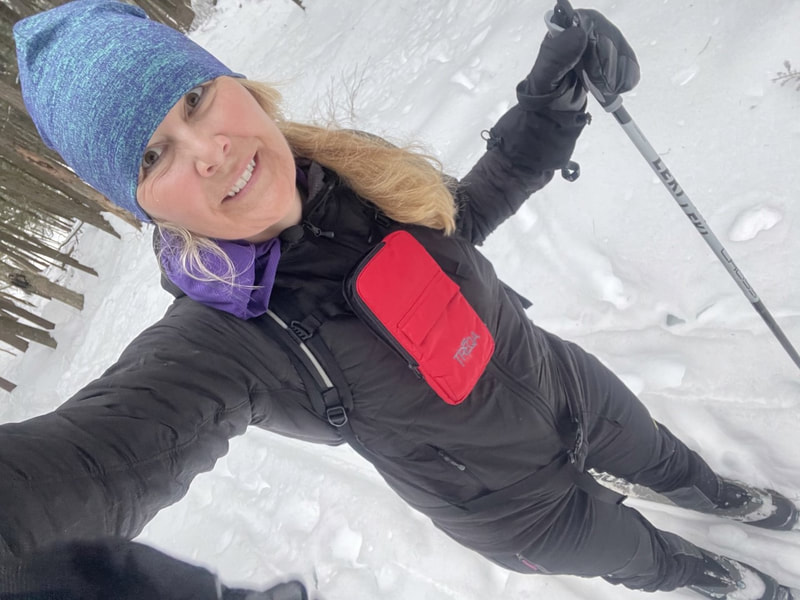
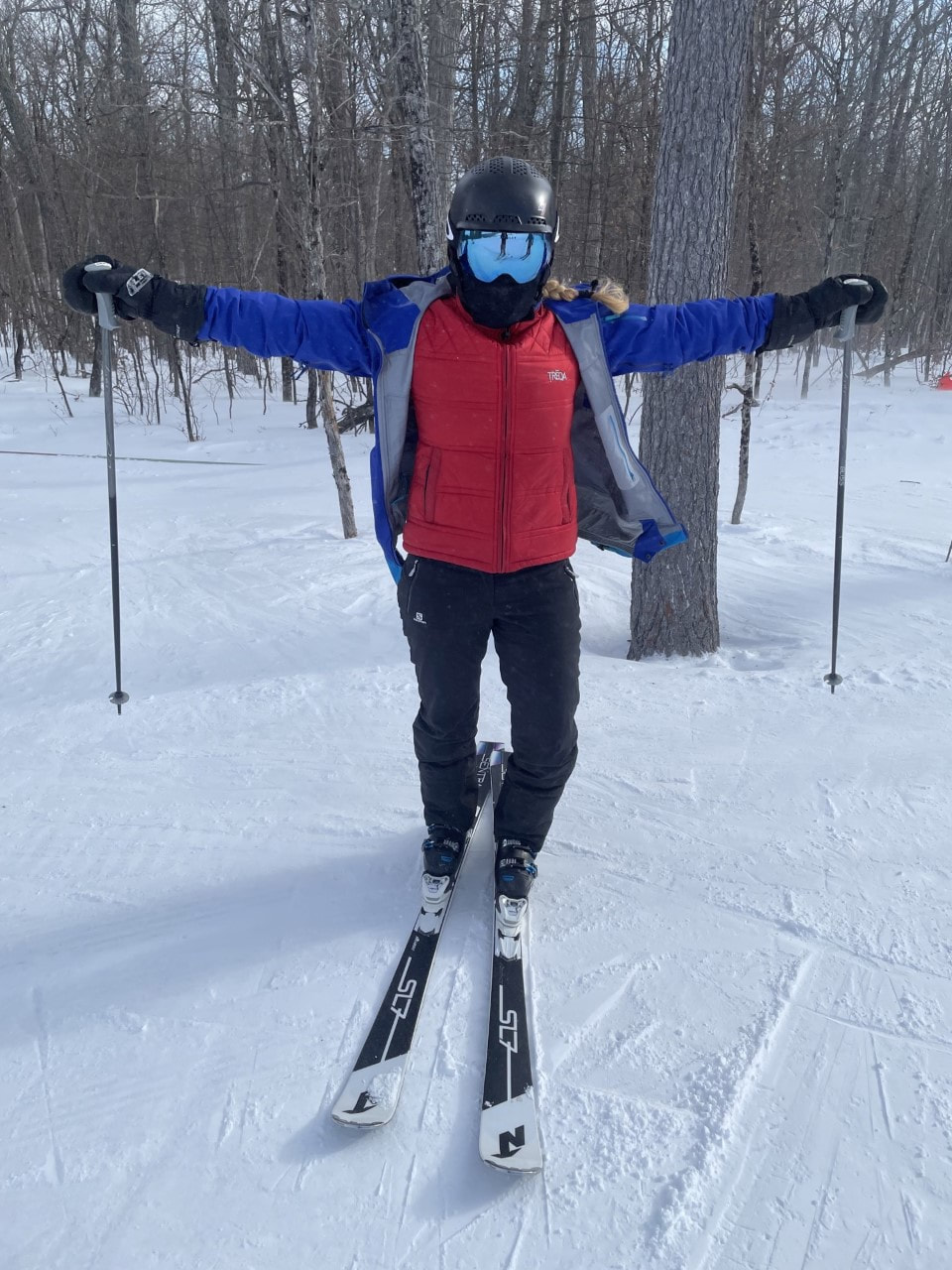
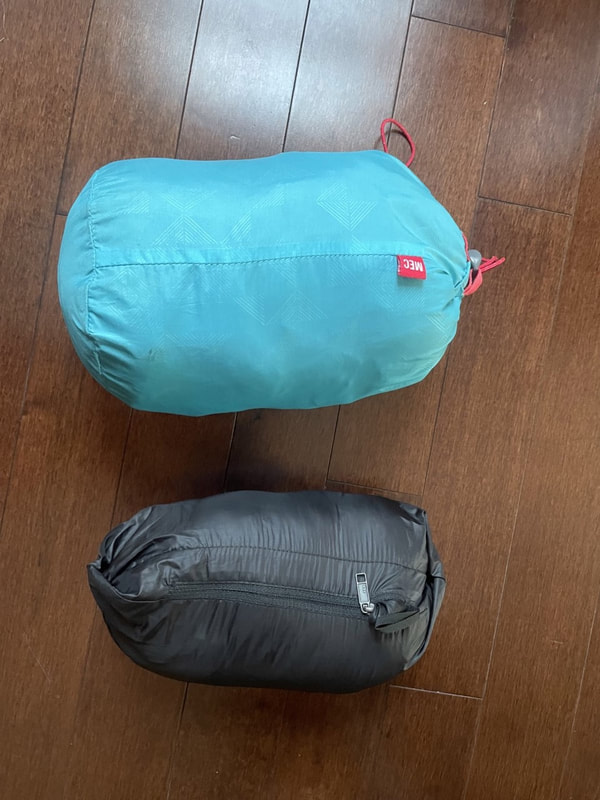
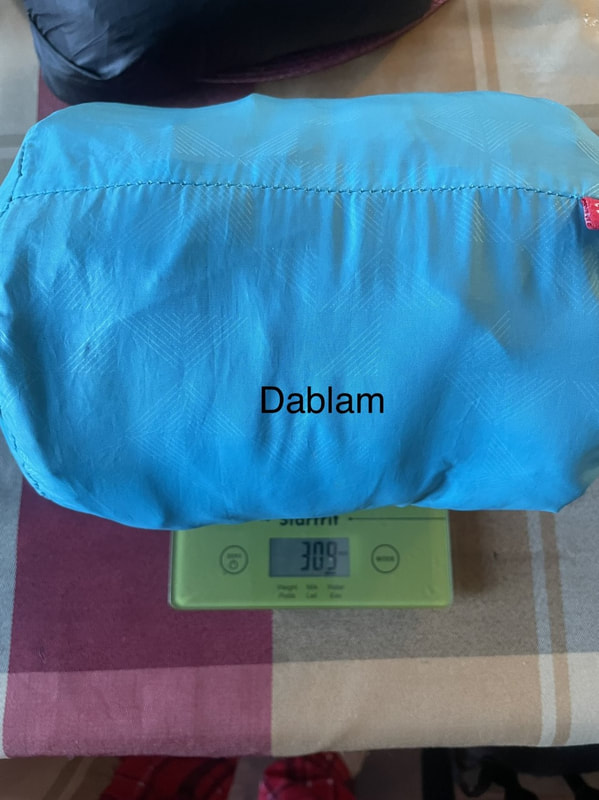
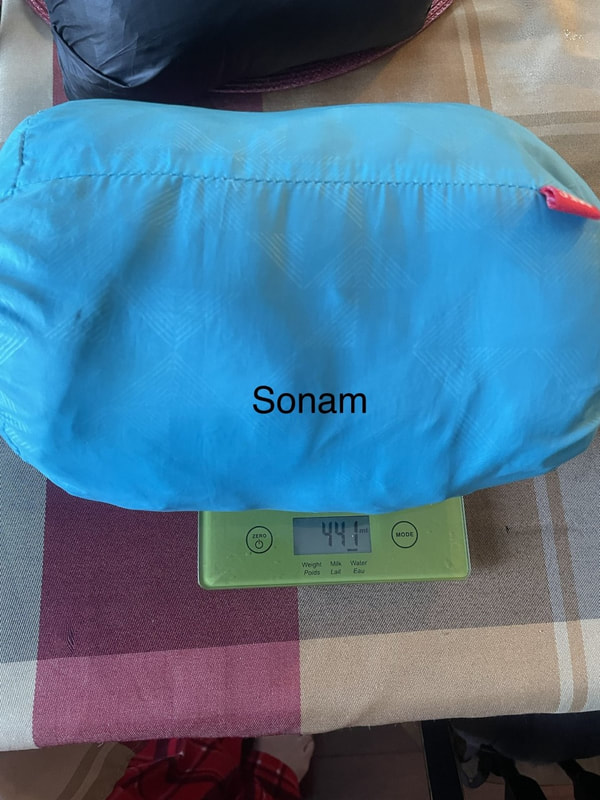
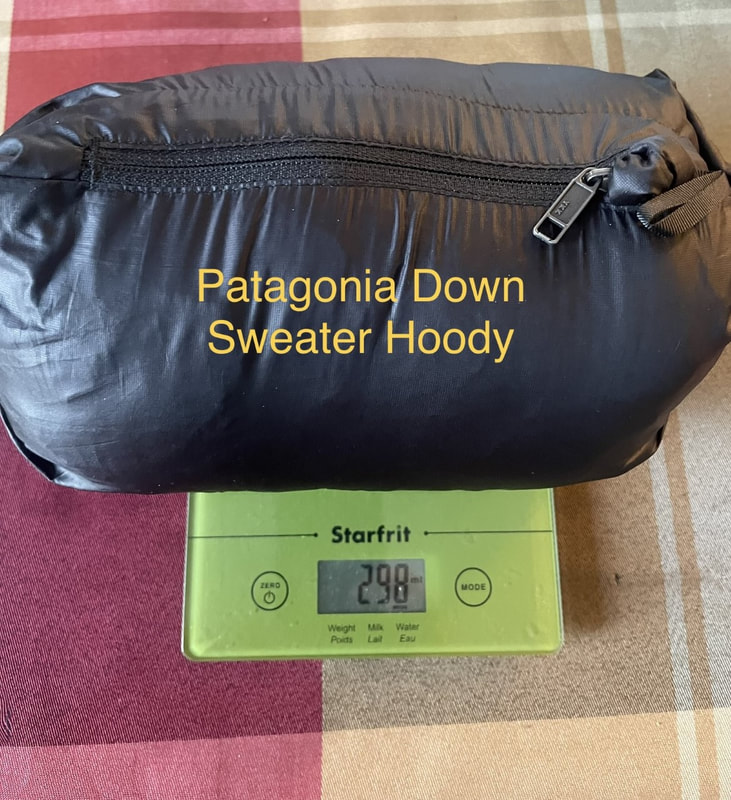
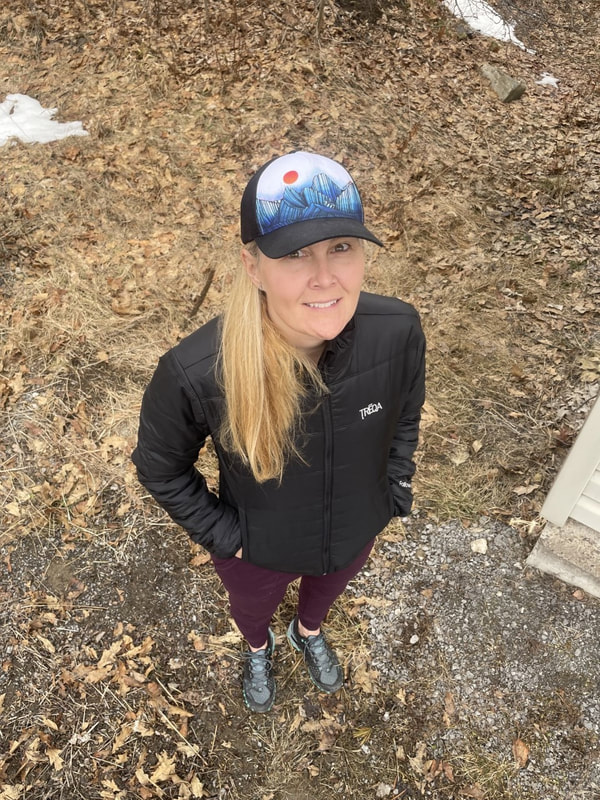

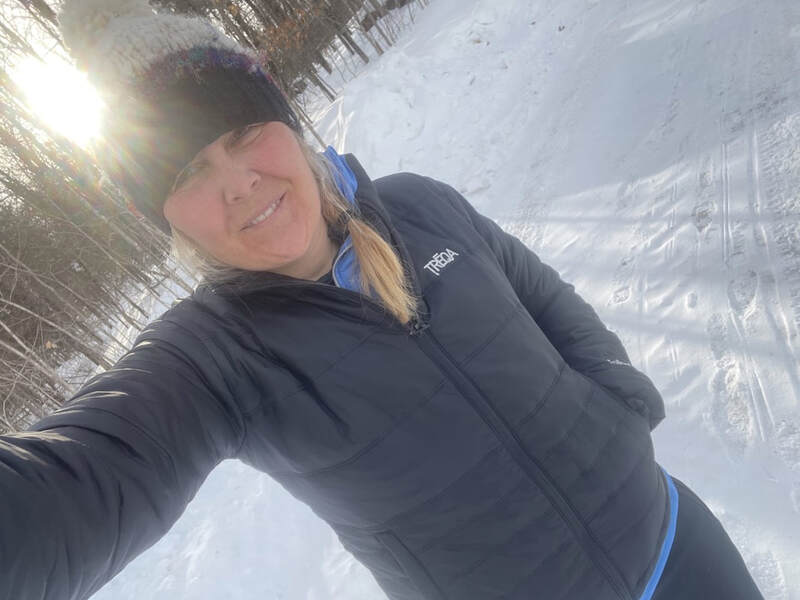
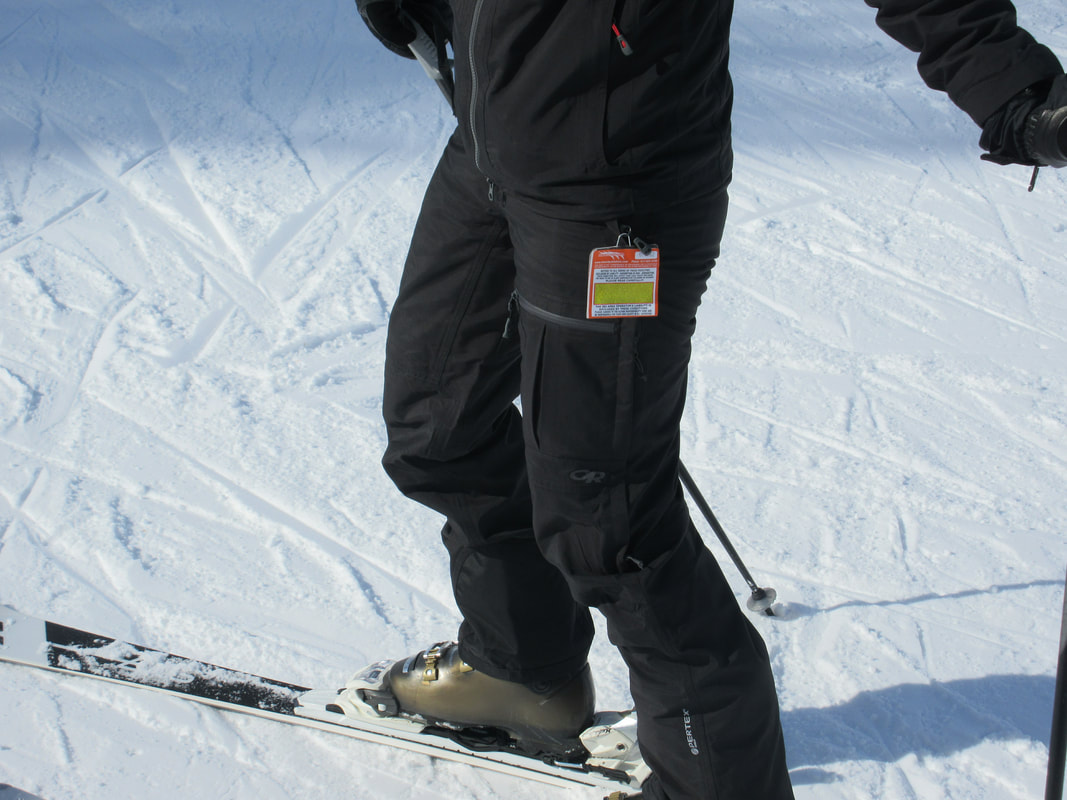
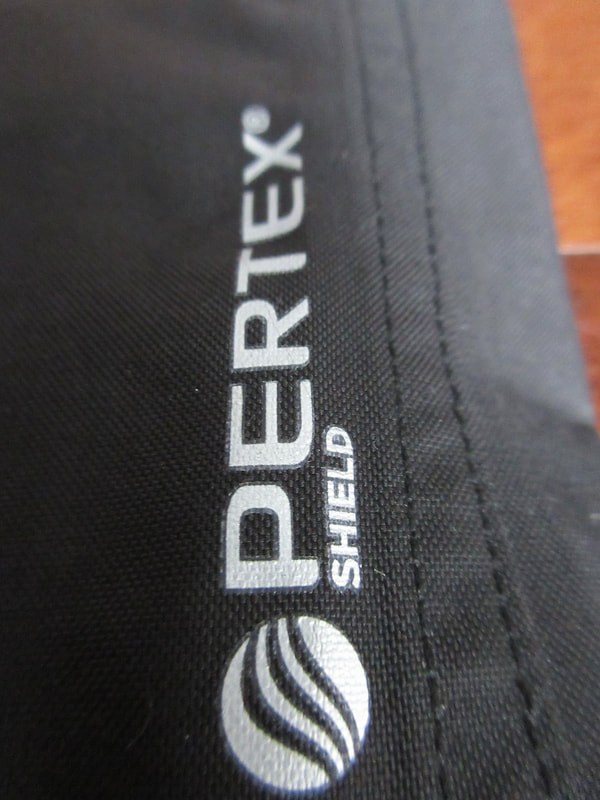
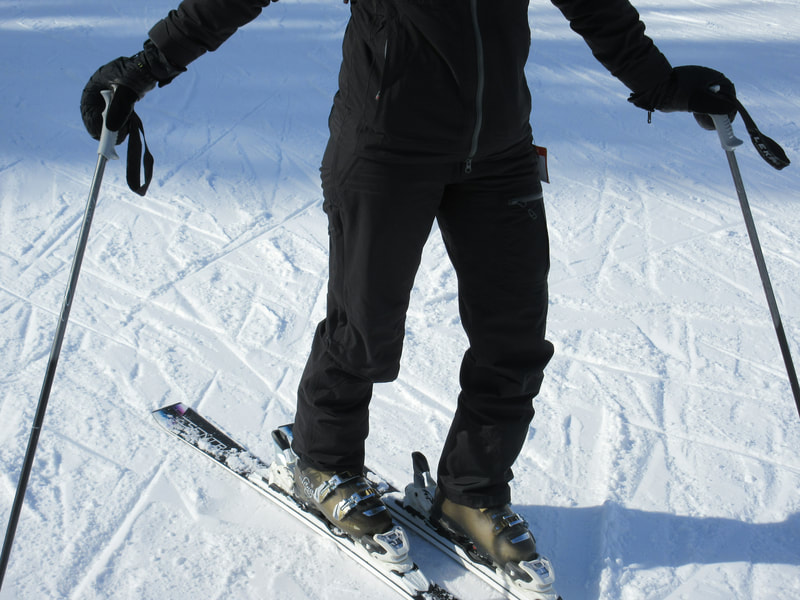
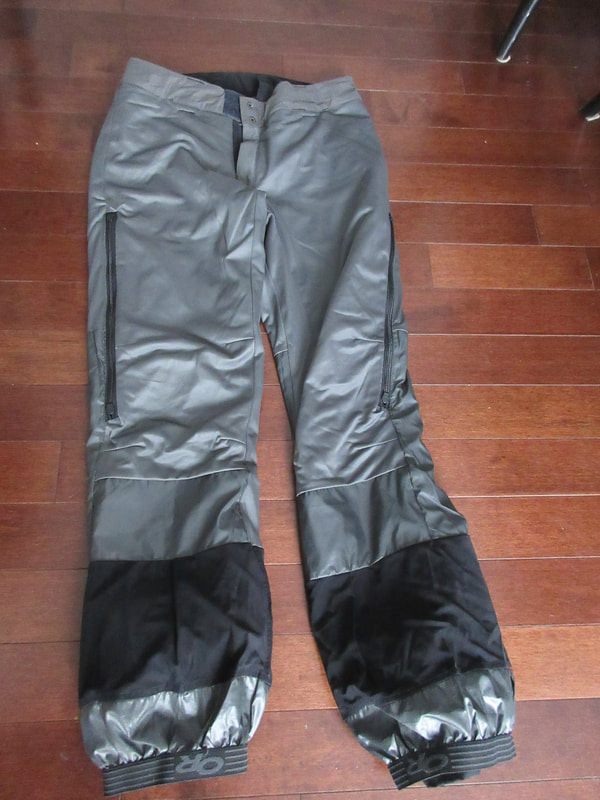
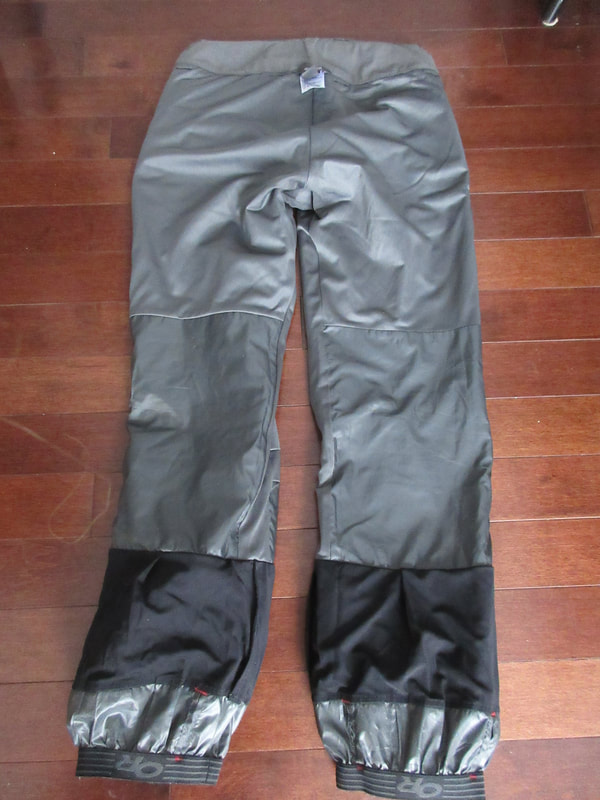
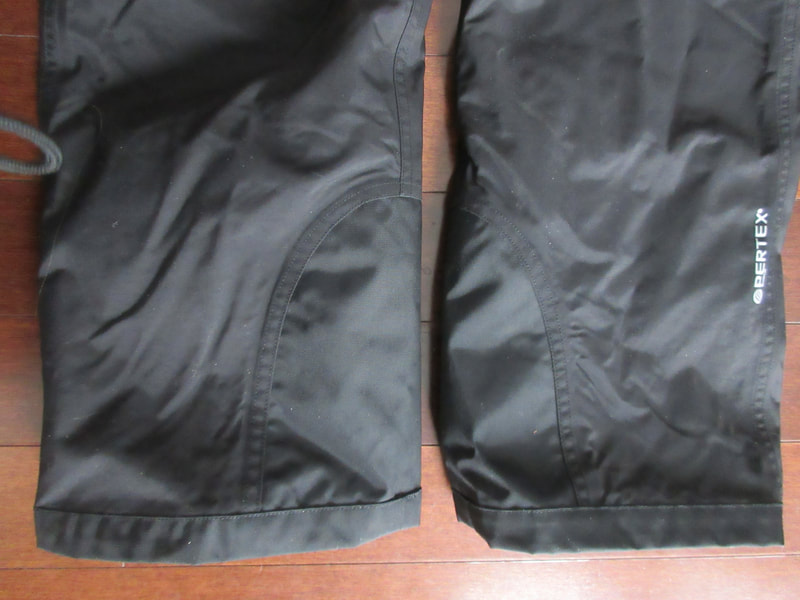
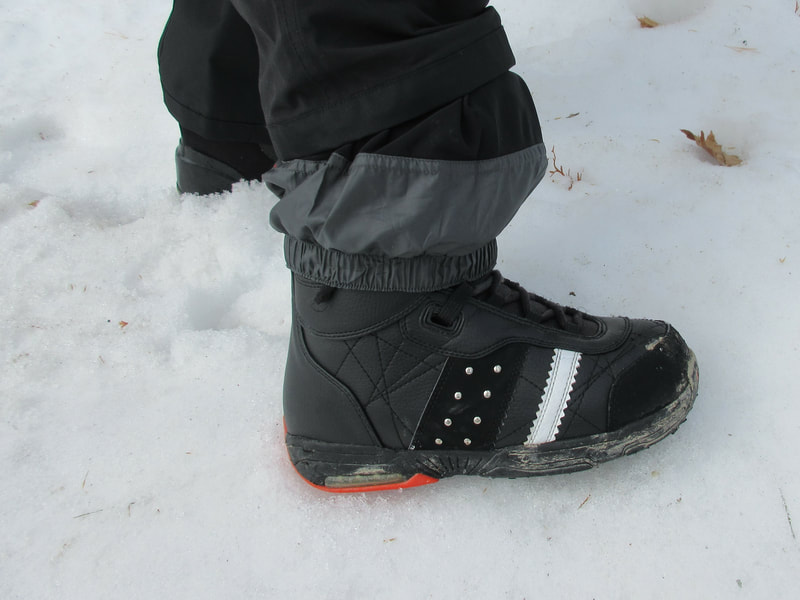
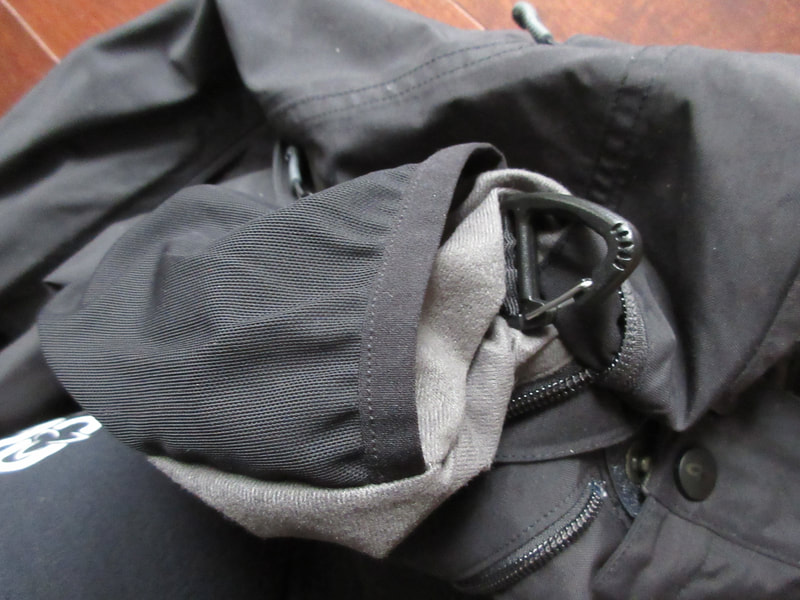
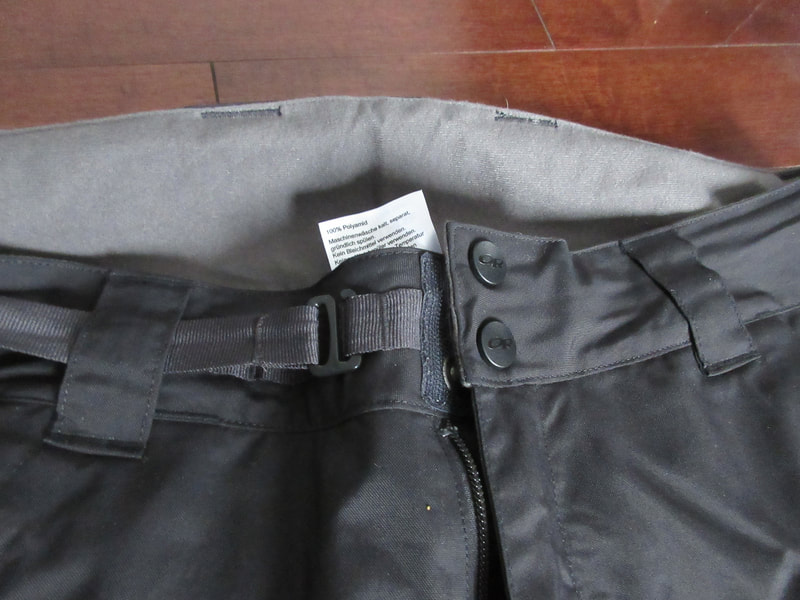
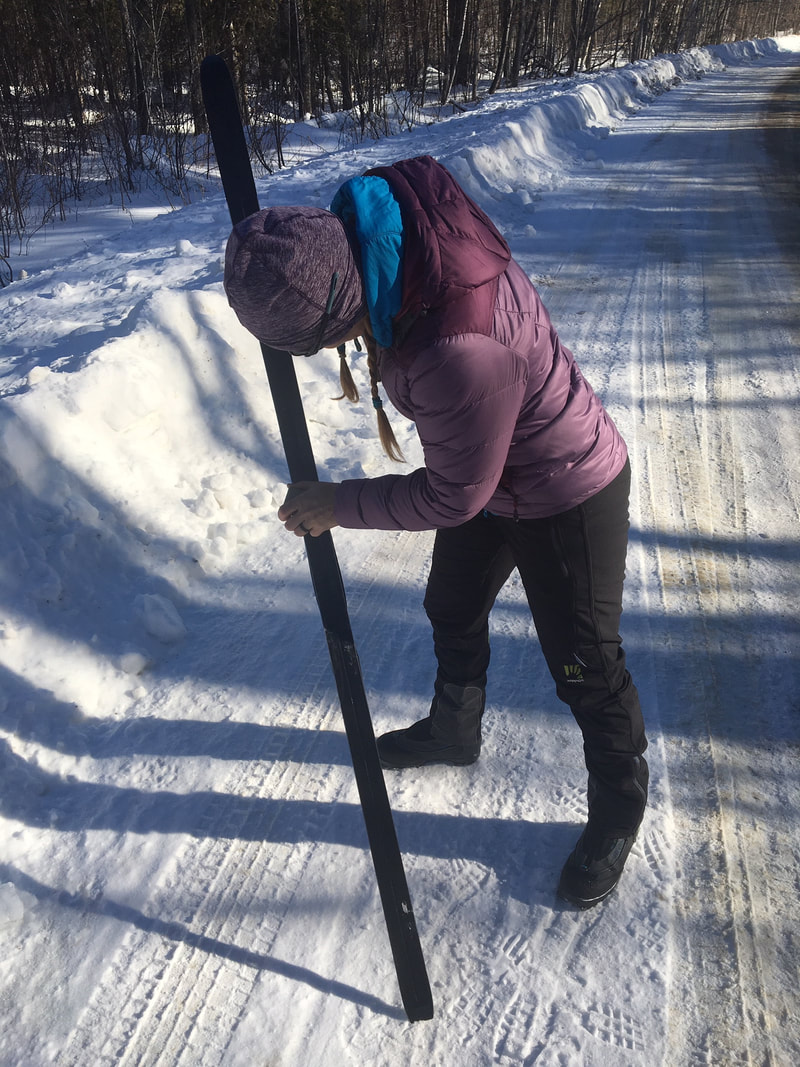
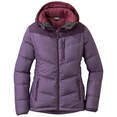

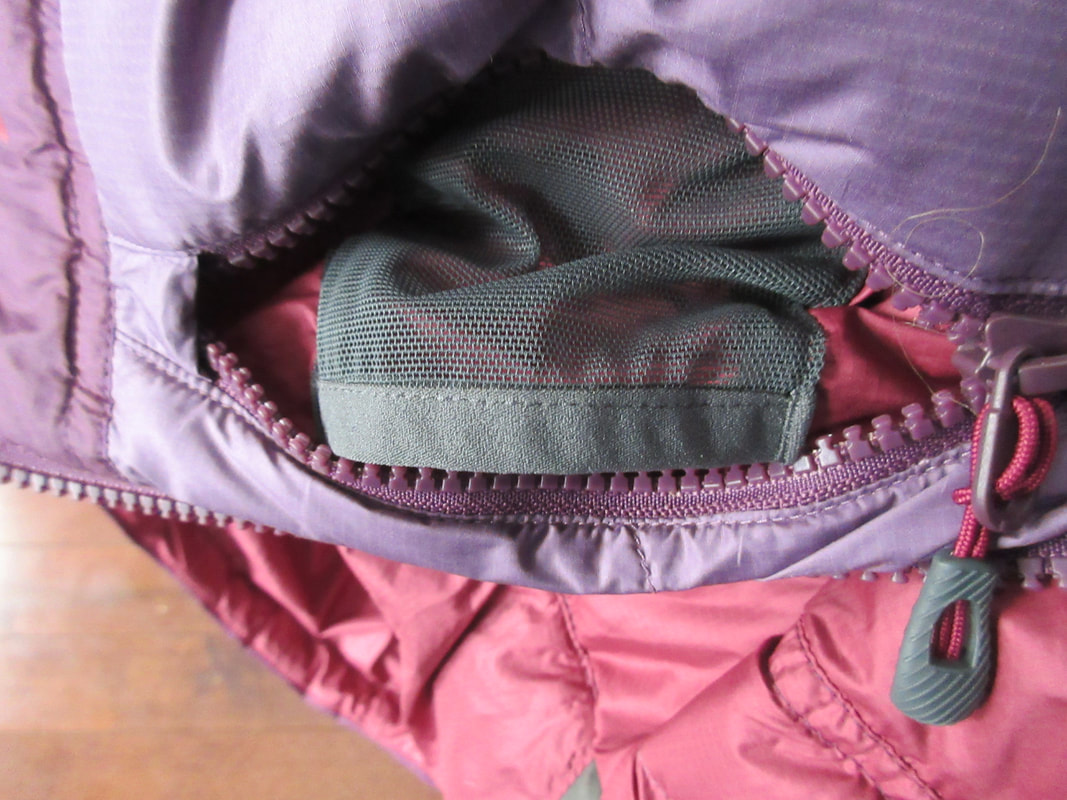
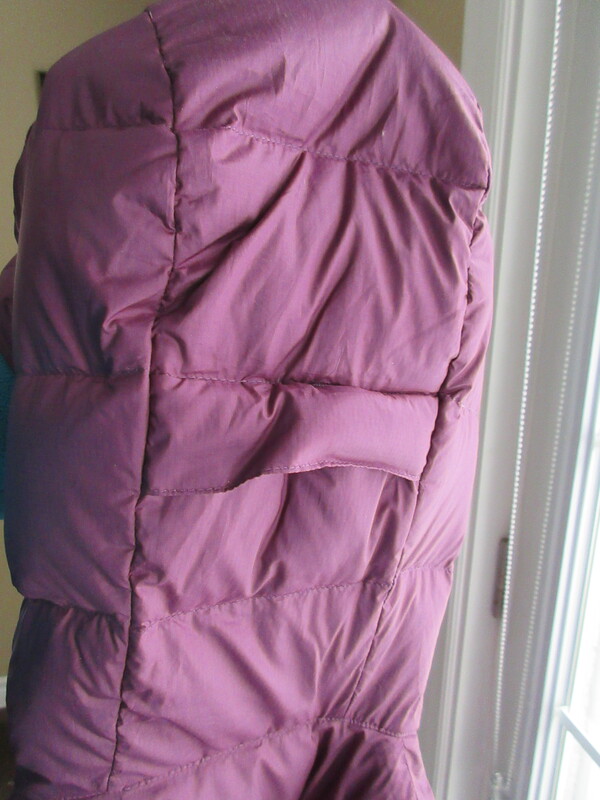
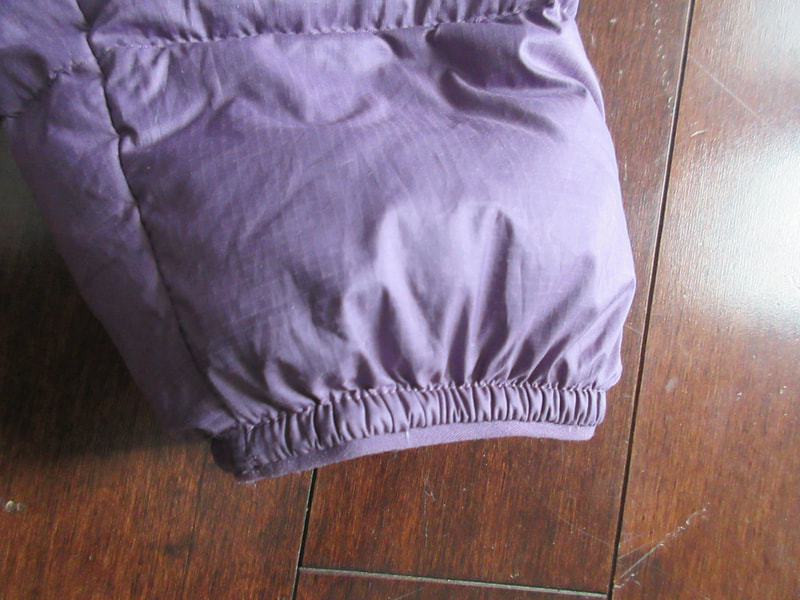
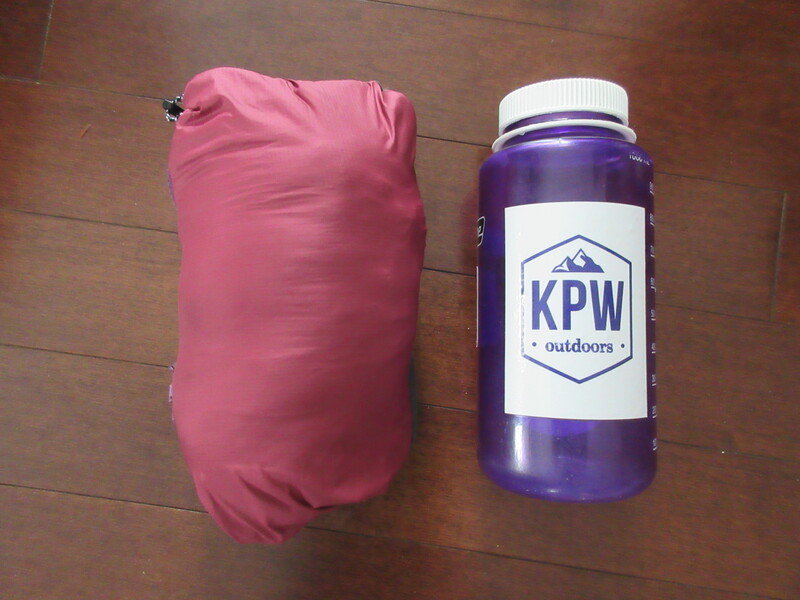
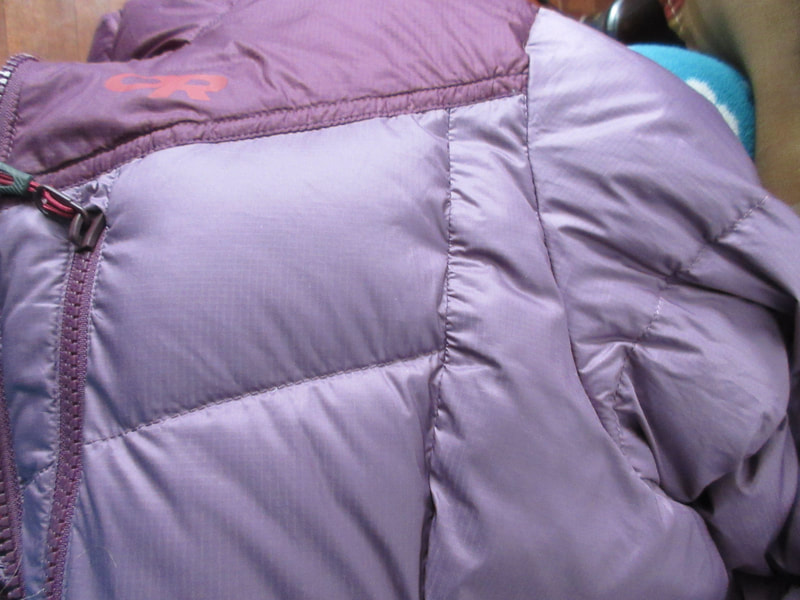
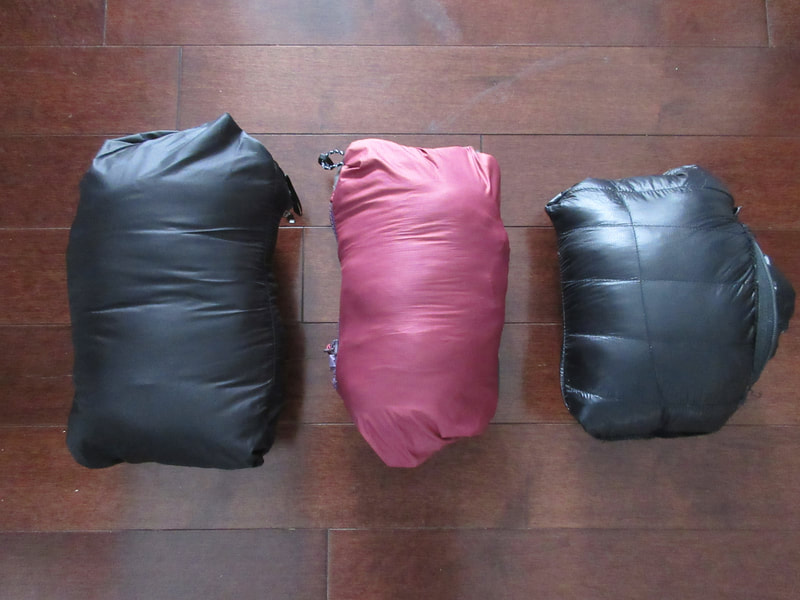


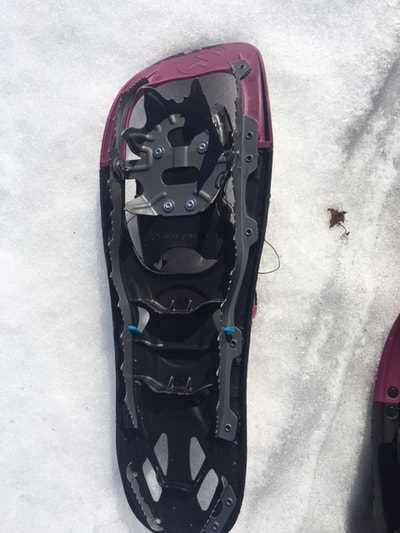
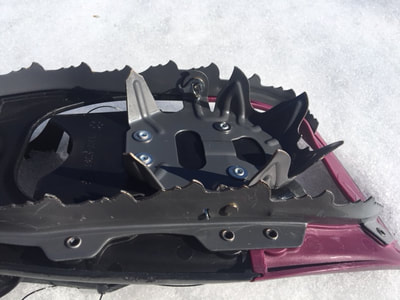
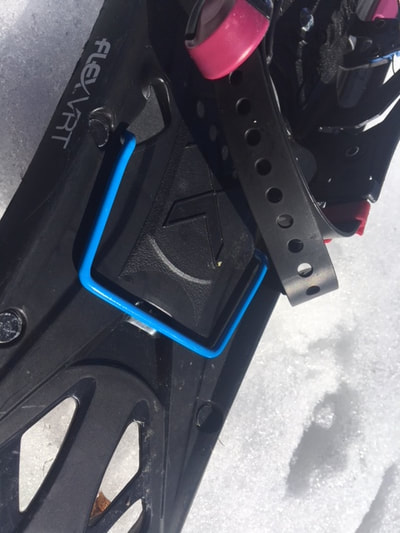
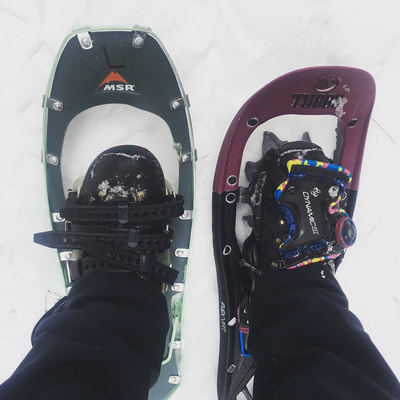
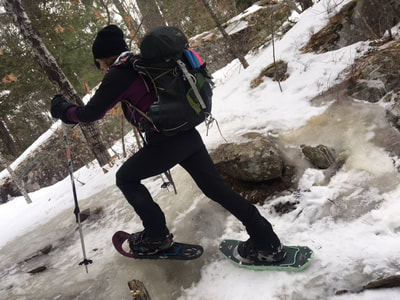
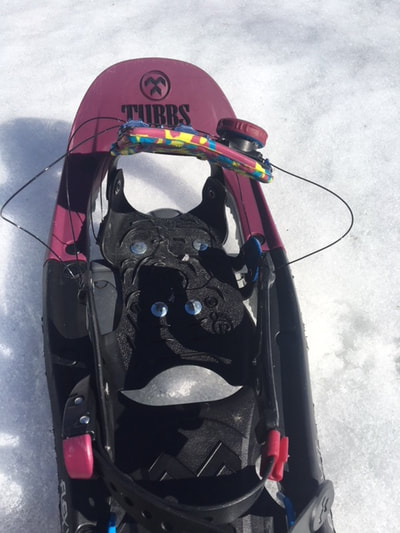
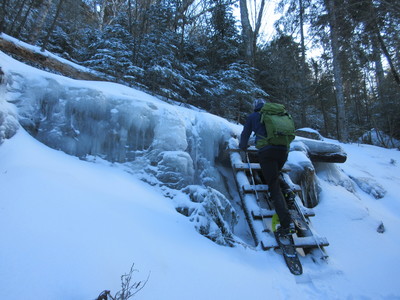
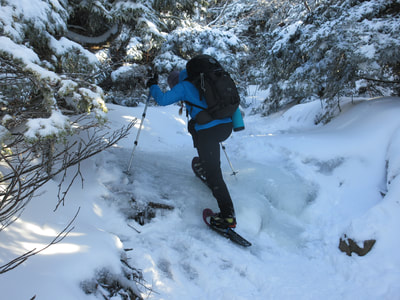
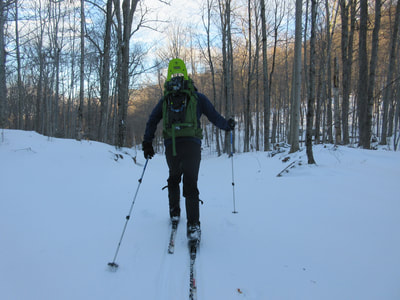
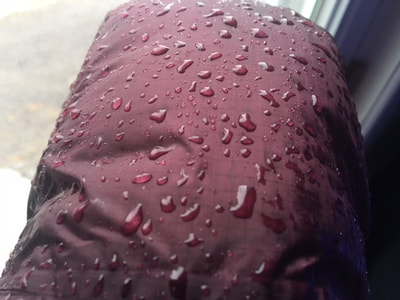
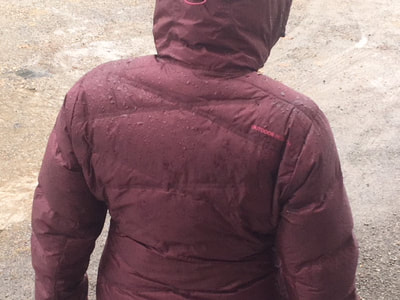
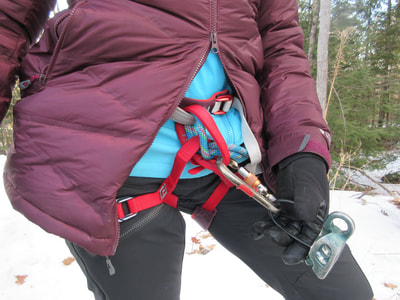
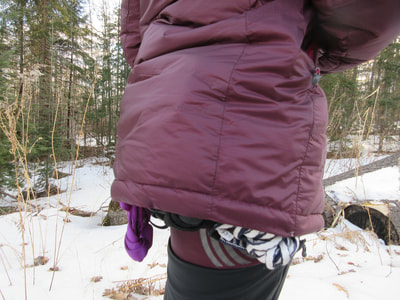
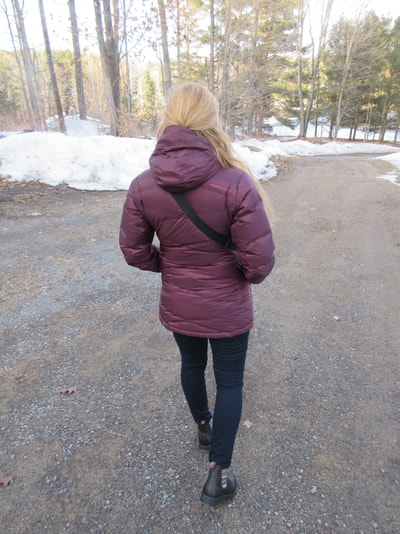

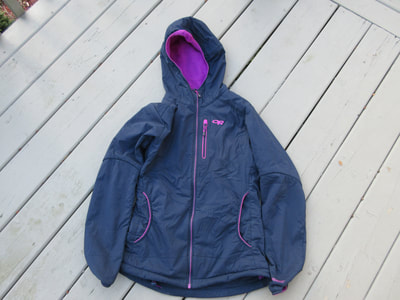
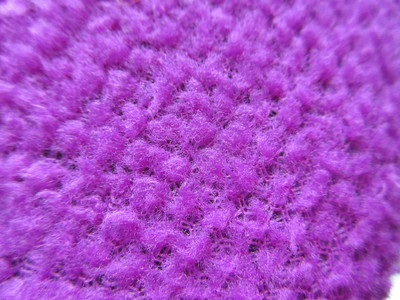

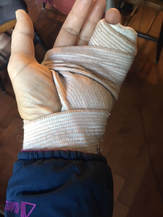
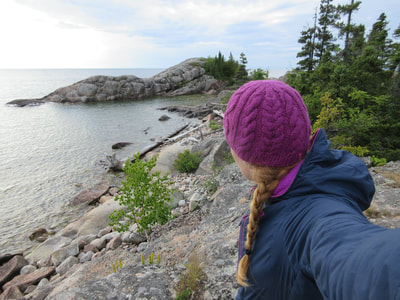
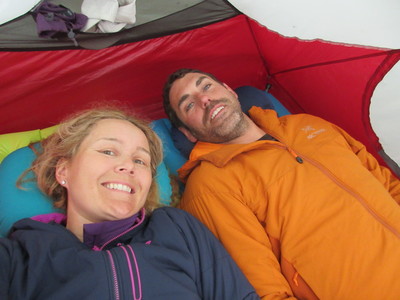
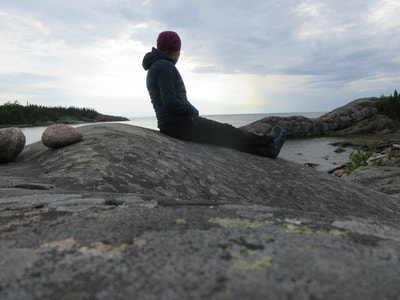
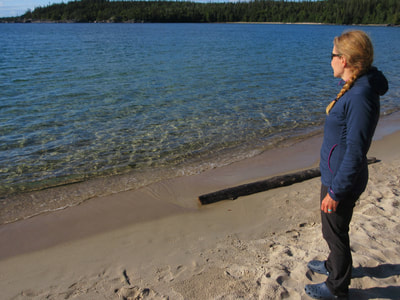
 RSS Feed
RSS Feed

